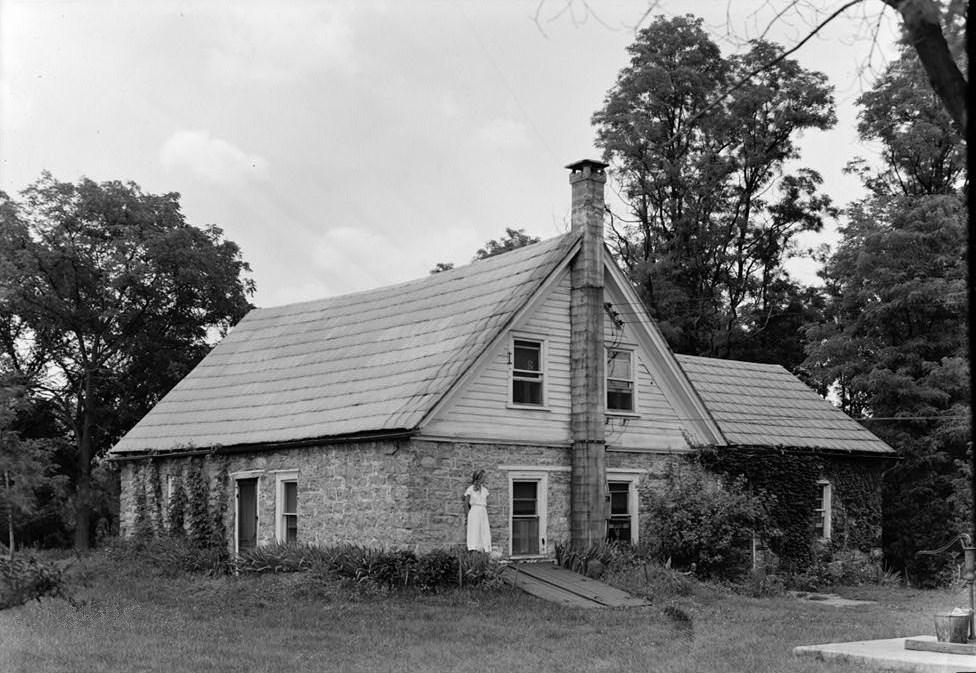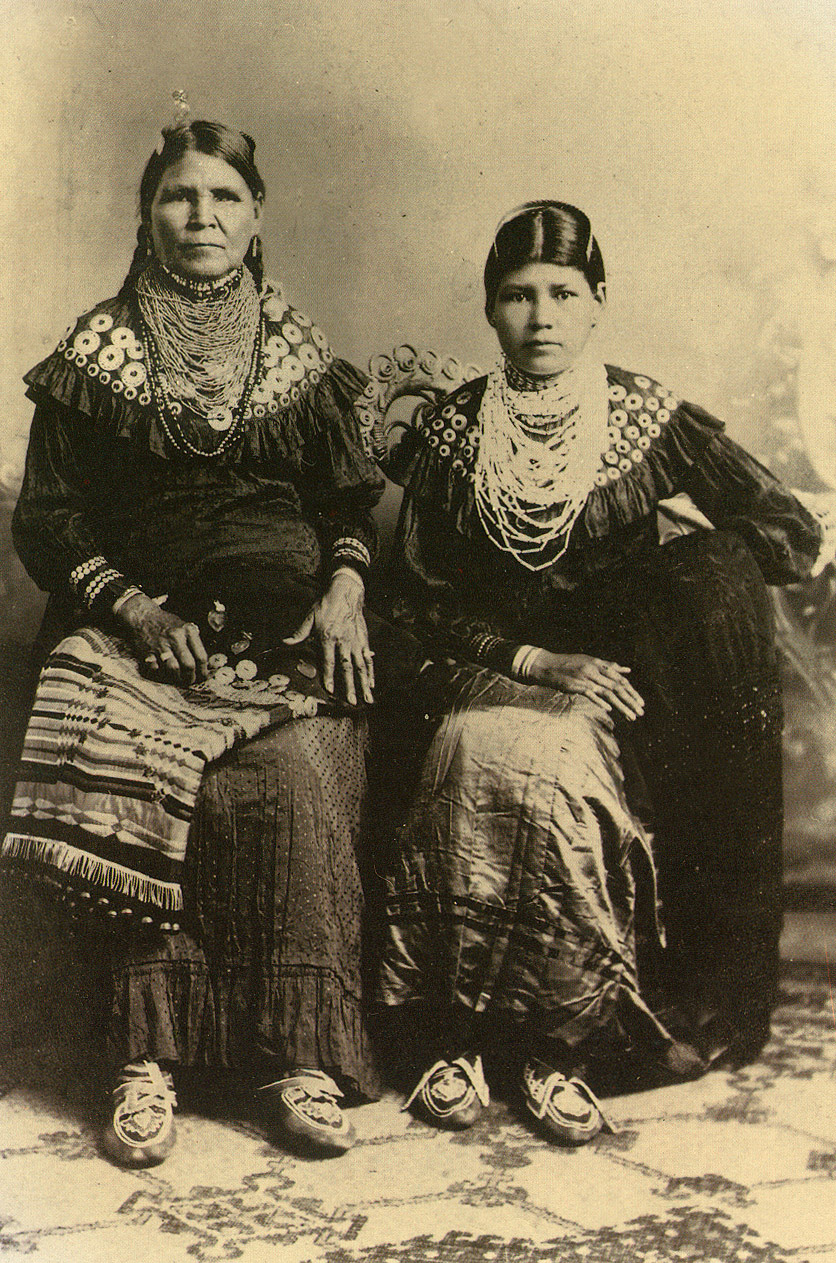|
Lake Owassa
Lake Owassa (formerly Long Pond) is a freshwater lake within the watershed of the Paulins Kill located in Frankford Township in Sussex County, New Jersey. It is fed from runoff from Kittatinny Mountain along its western flank and by Bear Swamp. Water from Lake Owassa feeds into nearby Culver's Lake (formerly Round Pond) before flowing into the West Branch of the Paulins Kill. It is at an elevation of . While the name Owassa implies an origin from Native American languages, it is not derived from the Unami or Munsee dialects of the Lenape The Lenape (, , or Lenape , del, Lënapeyok) also called the Leni Lenape, Lenni Lenape and Delaware people, are an indigenous peoples of the Northeastern Woodlands, who live in the United States and Canada. Their historical territory includ ... who resided in New Jersey. Conversely, the name was derived from the fabricated name of a fictional Indian character in a long poem written by a local clergyman, George William Lloyd (1821 ... [...More Info...] [...Related Items...] OR: [Wikipedia] [Google] [Baidu] |
Sussex County, New Jersey
Sussex County is the northernmost county in the State of New Jersey. Its county seat is Newton.New Jersey County Map New Jersey Department of State. Accessed July 10, 2017. It is part of the and is part of New Jersey's . As of the 2020 U.S. census, the county's popul ... [...More Info...] [...Related Items...] OR: [Wikipedia] [Google] [Baidu] |
Lake
A lake is an area filled with water, localized in a basin, surrounded by land, and distinct from any river or other outlet that serves to feed or drain the lake. Lakes lie on land and are not part of the ocean, although, like the much larger oceans, they do form part of the Earth's water cycle. Lakes are distinct from lagoons, which are generally coastal parts of the ocean. Lakes are typically larger and deeper than ponds, which also lie on land, though there are no official or scientific definitions. Lakes can be contrasted with rivers or streams, which usually flow in a channel on land. Most lakes are fed and drained by rivers and streams. Natural lakes are generally found in mountainous areas, rift zones, and areas with ongoing glaciation. Other lakes are found in endorheic basins or along the courses of mature rivers, where a river channel has widened into a basin. Some parts of the world have many lakes formed by the chaotic drainage patterns left over from the ... [...More Info...] [...Related Items...] OR: [Wikipedia] [Google] [Baidu] |
Frankford Township, New Jersey
Frankford Township is a township in Sussex County, New Jersey, United States. As of the 2010 United States Census, the township's population was 5,565, reflecting an increase of 145 (+2.7%) from the 5,420 counted in the 2000 Census, which had in turn increased by 306 (+6.0%) from the 5,114 counted in the 1990 Census. Frankford Township was formed on April 10, 1797, from portions of Newton Township, and was incorporated on February 21, 1798, as one of New Jersey's initial 104 townships by an act of the New Jersey Legislature. Portions of the township were taken to form Lafayette Township and Sparta Township (both established on April 14, 1845), along with Branchville (March 9, 1898), which is completely surrounded by the township.Snyder, John P''The Story of New Jersey's Civil Boundaries: 1606–1968'' Bureau of Geology and Topography; Trenton, New Jersey; 1969. p. 120. Accessed October 25, 2012. The township was said to have been named after Frankford, a neighborhood of ... [...More Info...] [...Related Items...] OR: [Wikipedia] [Google] [Baidu] |
Kittatinny Mountain
Kittatinny Mountain (Lenape: Kitahtëne) is a long ridge traversing primarily across Sussex County in northwestern New Jersey, running in a northeast-southwest axis, a continuation across the Delaware Water Gap of Pennsylvania's Blue Mountain (also known as Kittatinny Ridge). It is the first major ridge in the far northeastern extension of the Ridge and Valley province of the Appalachian Mountains, and reaches its highest elevation (the state's highest), 1,803 feet, at High Point in Montague Township. Kittatinny Mountain forms the eastern side of Wallpack Valley; the western side comprises the Wallpack Ridge (highest elevation: above sea level. Protected areas Most of the range is publicly owned and protected. In the far northeast, High Point State Park protects the area around High Point itself. Further southwest, Stokes State Forest encompasses much of the range from the southern boundary of High Point State Park to the eastern boundary of the Delaware Water Gap Nationa ... [...More Info...] [...Related Items...] OR: [Wikipedia] [Google] [Baidu] |
Culver's Lake
Culver's Lake (formerly Round Pond) is a lake located in Frankford Township, in Sussex County, New Jersey. Fed by Lake Owassa and Bear Swamp, Culver's Lake is the source of the West Branch of the Paulins Kill (also known as the " Culver Brook"). In the late 19th and early 20th century, the lake was used for seasonal recreation. Today, it is a private year-round community owned and operated by the Normanoch Association, a homeowners' association.Normanoch Association (main page) The lake has a surface area of approximately and a shoreline roughly six and a half miles long. It has a maximum depth of and is located at an elevation of above sea level. It is located near the Culver Gap, a wind gap in Kittatinny Mountain, and where the |
Unami Language
Unami ( del, Wënami èlixsuwakàn) was an Algonquian language spoken by the Lenape people in the late 17th century and the early 18th century, in what then was (or later became) the southern two-thirds of New Jersey, southeastern Pennsylvania and the northern two-thirds of Delaware, but later in Ontario and Oklahoma. It is one of the two Delaware languages, the other being Munsee. The last fluent speaker in the United States, Edward Thompson, of the Delaware Tribe of Indians, died on August 31, 2002. His sister Nora Thompson Dean (1907–1984) provided valuable information about the language to linguists and other scholars. "Lenni-Lenape," literally means "Men of Men", but is translated to mean "Original People." The Lenape names for the areas they inhabited were ''Scheyichbi'' (i.e. New Jersey), which means "water's edge", and '' Lenapehoking'', meaning "in the land of the Delaware Indians." It describes the ancient homeland of all Delaware Indians, both Unami and Munsee. ... [...More Info...] [...Related Items...] OR: [Wikipedia] [Google] [Baidu] |
Munsee Language
Munsee (also known as Munsee Delaware, Delaware, Ontario Delaware, del, Huluníixsuwaakan, Monsii èlixsuwakàn) is an endangered language of the Eastern Algonquian subgroup of the Algonquian language family, itself a branch of the Algic language family. Munsee is one of the two Delaware languages (also known as Lenape languages, after the tribe's autonym). It is very closely related to the Unami Delaware, but the two are sufficiently different that they are considered separate languages. Munsee was spoken aboriginally in the vicinity of the modern New York City area in the United States, including western Long Island, Manhattan Island, Staten Island, as well as adjacent areas on the mainland: southeastern New York State, the northern third of New Jersey, and northeastern Pennsylvania. As of 2009, Munsee was spoken only on the Moraviantown Reserve in Ontario, Canada, by two elderly individuals, aged 77 and 90, in 2018, making it critically endangered. The language tha ... [...More Info...] [...Related Items...] OR: [Wikipedia] [Google] [Baidu] |
Lenape
The Lenape (, , or Lenape , del, Lënapeyok) also called the Leni Lenape, Lenni Lenape and Delaware people, are an indigenous peoples of the Northeastern Woodlands, who live in the United States and Canada. Their historical territory included present-day northeastern Delaware, New Jersey and eastern Pennsylvania along the Delaware River watershed, New York City, western Long Island, and the lower Hudson Valley. Today, Lenape people belong to the Delaware Nation and Delaware Tribe of Indians in Oklahoma; the Stockbridge–Munsee Community in Wisconsin; and the Munsee-Delaware Nation, Moravian of the Thames First Nation, and Delaware of Six Nations in Ontario. The Lenape have a matrilineal clan system and historically were matrilocal. During the last decades of the 18th century, most Lenape were removed from their homeland by expanding European colonies. The divisions and troubles of the American Revolutionary War and United States' independence pushed them farth ... [...More Info...] [...Related Items...] OR: [Wikipedia] [Google] [Baidu] |
Branchville, New Jersey
Branchville is a borough in Sussex County, New Jersey, United States. As of the 2010 United States Census, the borough's population was 841,DP-1 - Profile of General Population and Housing Characteristics: 2010 for Branchville borough, Sussex County, New Jersey . Accessed February 18, 2013. [...More Info...] [...Related Items...] OR: [Wikipedia] [Google] [Baidu] |
Lakes Of New Jersey
A lake is an area filled with water, localized in a basin, surrounded by land, and distinct from any river or other outlet that serves to feed or drain the lake. Lakes lie on land and are not part of the ocean, although, like the much larger oceans, they do form part of the Earth's water cycle. Lakes are distinct from lagoons, which are generally coastal parts of the ocean. Lakes are typically larger and deeper than ponds, which also lie on land, though there are no official or scientific definitions. Lakes can be contrasted with rivers or streams, which usually flow in a channel on land. Most lakes are fed and drained by rivers and streams. Natural lakes are generally found in mountainous areas, rift zones, and areas with ongoing glaciation. Other lakes are found in endorheic basins or along the courses of mature rivers, where a river channel has widened into a basin. Some parts of the world have many lakes formed by the chaotic drainage patterns left over from the last ice ... [...More Info...] [...Related Items...] OR: [Wikipedia] [Google] [Baidu] |
Lakes Of Sussex County, New Jersey
A lake is an area filled with water, localized in a basin, surrounded by land, and distinct from any river or other outlet that serves to feed or drain the lake. Lakes lie on land and are not part of the ocean, although, like the much larger oceans, they do form part of the Earth's water cycle. Lakes are distinct from lagoons, which are generally coastal parts of the ocean. Lakes are typically larger and deeper than ponds, which also lie on land, though there are no official or scientific definitions. Lakes can be contrasted with rivers or streams, which usually flow in a channel on land. Most lakes are fed and drained by rivers and streams. Natural lakes are generally found in mountainous areas, rift zones, and areas with ongoing glaciation. Other lakes are found in endorheic basins or along the courses of mature rivers, where a river channel has widened into a basin. Some parts of the world have many lakes formed by the chaotic drainage patterns left over from the ... [...More Info...] [...Related Items...] OR: [Wikipedia] [Google] [Baidu] |


.png)



_2020.jpg)